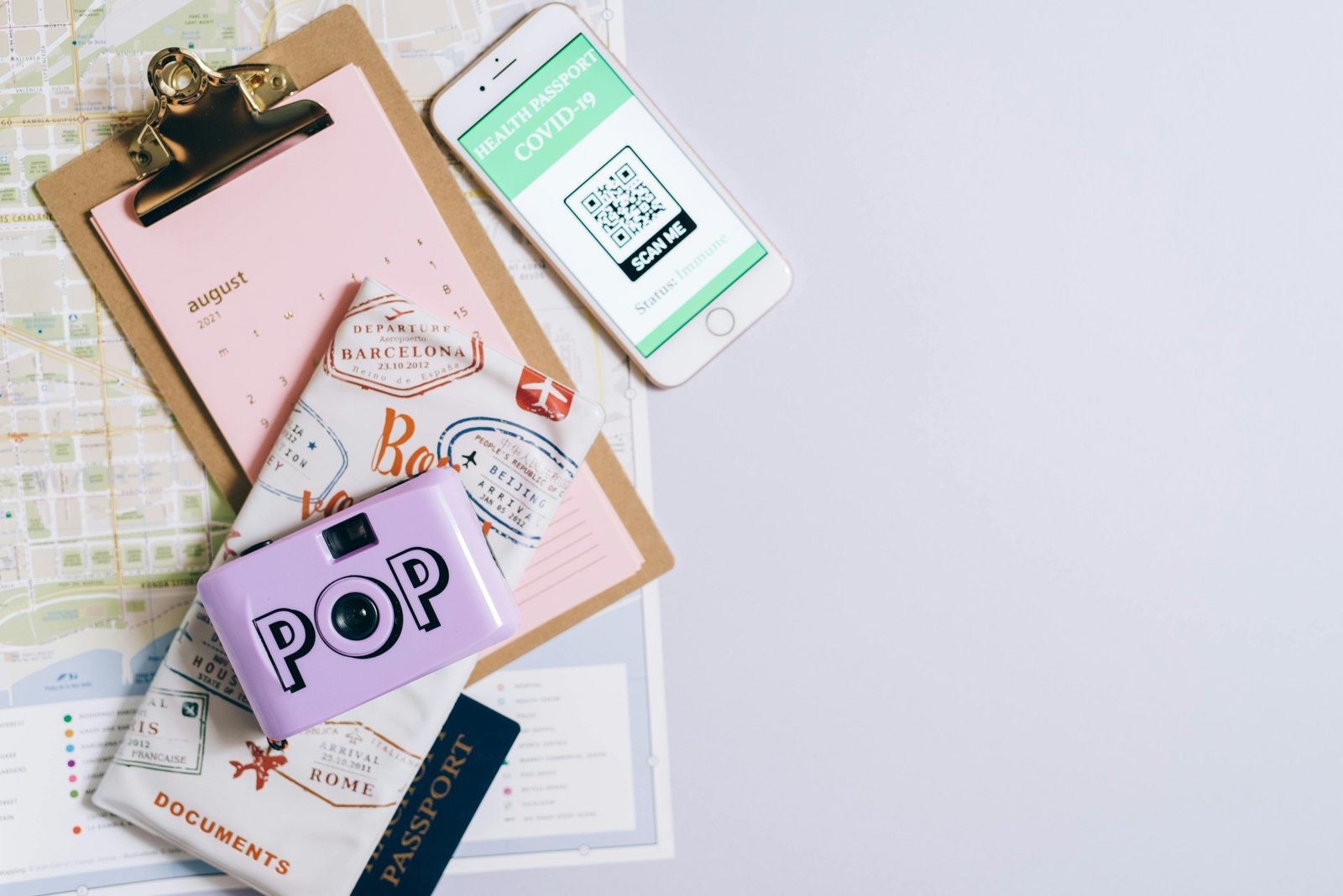The Ultimate Guide to the Safest Way of Traveling
Finding the safest way of traveling is a top concern for adventurers and casual tourists alike. While excitement and discovery are at the heart of any journey, ensuring your safety is what makes a trip truly enjoyable. Consequently, understanding the different aspects of travel safety is crucial for a worry-free experience.
Choosing the Safest Mode of Transportation
The mode of transport you choose significantly impacts your safety. However, statistics and context matter more than personal anecdotes. A thoughtful choice is the first step toward a secure trip.
By Air: Statistically the Safest
Statistically, flying is the safest way to travel long distances. Commercial aviation is subject to incredibly strict international regulations. Therefore, the chances of being involved in an incident are astronomically low. Airlines and manufacturers invest heavily in technology and maintenance, making air travel a very secure option.
By Train: A Secure and Scenic Option
Train travel, especially in Europe and parts of Asia, is another extremely safe option. Trains operate on dedicated tracks, which greatly reduces the risk of collision compared to road travel. Moreover, security at major train stations has increased significantly, adding another layer of protection for passengers.
By Car: Control and Flexibility
Traveling by car offers the most flexibility. However, it also carries higher risks due to traffic accidents. Your safety here largely depends on your driving habits and the road conditions. For instance, you can mitigate risks by avoiding driving at night, following traffic laws, and ensuring your vehicle is well-maintained.
Personal Safety: Your Top Priority While Traveling
Beyond transportation, personal security is paramount. The safest way of traveling involves proactive habits that protect you and your belongings no matter where you are.
Situational Awareness
Above all, always be aware of your surroundings. Pay attention to the people around you and trust your instincts. If a situation feels uncomfortable, you should remove yourself from it immediately. This simple habit can prevent most common travel-related problems.
Securing Your Belongings
Petty theft is a common issue in tourist areas. Therefore, you should take steps to protect your valuables. Use anti-theft bags or money belts. In addition, avoid displaying expensive jewelry or large amounts of cash. A little discretion goes a long way in keeping you safe.
Is There a Single Safest Way of Traveling?
Ultimately, the “safest way of traveling” is not a single mode of transport. Instead, it is a holistic approach. It combines choosing statistically safe transportation with smart, defensive personal behaviors. A flight might be safe, but your journey is not secure if you are careless upon arrival.
Consequently, the safest journey is one that is well-researched and approached with a prepared mindset. Your actions have the biggest impact on your well-being throughout the entire trip.
Practical Tips for a Secure Journey
To enhance your safety, here are some actionable steps you can take before and during your trip. These preparations make a significant difference.
- Research Your Destination: Understand local customs, laws, and any specific safety concerns for the area you are visiting.
- Share Your Itinerary: Always leave a copy of your travel plans with a friend or family member back home.
- Get Travel Insurance: Comprehensive travel insurance is non-negotiable. It protects you from medical emergencies and travel disruptions.
- Learn Basic Phrases: Knowing a few key phrases in the local language, such as “hello” and “help,” can be incredibly useful.
- Keep Digital Copies: Store digital copies of your passport, visa, and other important documents in a secure cloud service.



